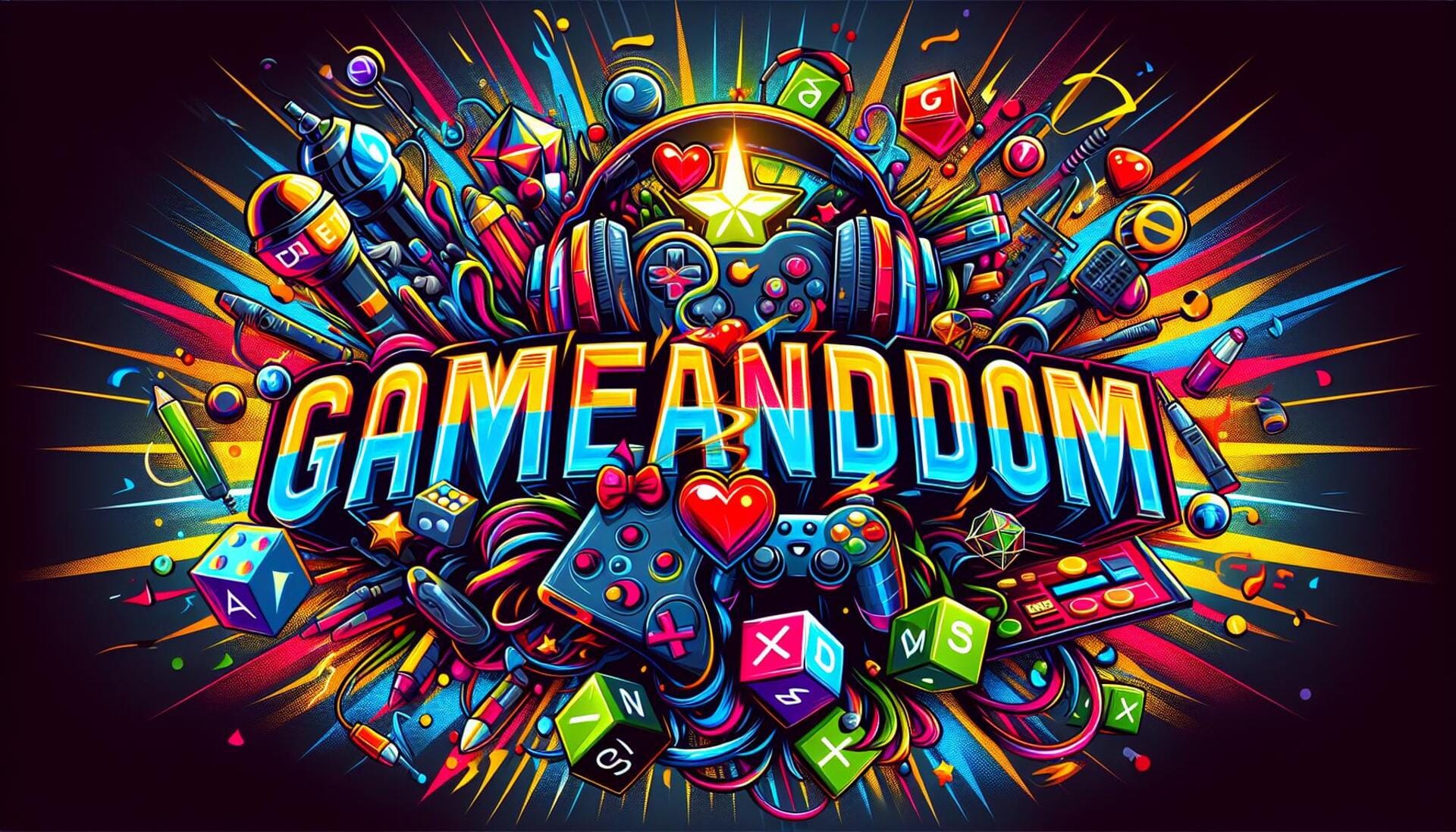
Developing educational games
Developing Educational Games: A Complete Guide
In the digital age, educational games have emerged as a powerful tool for enhancing learning and engagement. They provide unique opportunities to help students absorb information in a fun and interactive way. This article will explore the process of developing educational games, examining the various strategies, benefits, and best practices. Whether you’re a teacher, developer, or educational entrepreneur, this guide will equip you with the knowledge you need to create effective and engaging educational games.
Why Develop Educational Games?
Before diving into the development process, it’s essential to understand why educational games can be an effective learning tool. Here are a few key reasons:
- Engagement: Games boost engagement levels among learners, making the learning process enjoyable.
- Immediate Feedback: Players receive instant feedback, enabling them to learn from mistakes right away.
- Skill Development: Games can help develop critical thinking, problem-solving, and other essential skills.
- Diverse Learning Styles: Educational games cater to various learning styles, accommodating visual, auditory, and kinesthetic learners.
Key Considerations in Developing Educational Games
When creating educational games, several key factors need to be taken into account:
1. Identify Learning Objectives
The first step is to clearly define the learning objectives. What skills or knowledge should the players acquire by the end of the game? These objectives should align with curriculum standards and be measurable. Consider using the SMART criteria (Specific, Measurable, Achievable, Relevant, Time-bound) to create effective learning goals.
2. Understand Your Audience
Your game must resonate with your target audience. Consider the following:
- Age group and developmental stage
- Interests and motivations
- Technological proficiency
3. Choose the Right Game Format
There are various formats for educational games, including:
- Digital Games: Games that can be played on computers, tablets, or smartphones.
- Board Games: Physical games that encourage face-to-face interaction.
- Role-playing Games (RPGs): Games that encourage players to assume characters and make decisions.
- Simulation Games: Games that mimic real-world processes for learners to experience and practice skills.
4. Game Mechanics and Design
Game mechanics are the rules and systems that guide player interaction. Consider incorporating the following mechanics:
- Points, Levels, and Achievements: Reward players for reaching certain milestones.
- Challenges and Obstacles: Create challenges that players must overcome to progress.
- Collaboration: Encourage teamwork through multiplayer modes or cooperative tasks.
Benefits of Educational Games
Implementing educational games in the learning environment provides numerous advantages:
1. Enhanced Retention
Research shows that learners retain information better when it’s delivered in a game format. The interactive nature of games aids in memory retention.
2. Motivation and Interest
Games naturally engage students, motivating them to participate actively in their learning journey.
3. Opportunity for Practice
Students can practice problem-solving and decision-making skills in a risk-free environment, allowing them to learn from their mistakes without real-world consequences.
Practical Tips for Developing Educational Games
Here are some practical tips to consider when developing your educational game:
1. Start Small
If you’re new to game development, begin with a simple prototype. Use tools like Scratch, Unity, or GameMaker to get started.
2. Collaborate with Educators
Work with teachers and educators to ensure your game aligns with educational standards and meets the needs of the classroom.
3. Prototype and Test
Create a prototype and test it with real users. Collect feedback to improve the game’s features and learning effectiveness.
4. Keep It Fun!
While education is the focus, keep the game enjoyable. Balance educational content with entertaining gameplay to maintain engagement.
Case Study: Successful Educational Games
Here are a few examples of successful educational games that have made a positive impact:
| Game Title | Age Group | Main Focus | Platform |
|---|---|---|---|
| Prodigy Math | 6-14 years | Math Skills | Web, iOS, Android |
| Duolingo | All ages | Language Learning | Web, iOS, Android |
| Role Models | 9-16 years | Social Skills | Online Platform |
First-Hand Experience: Insights from Game Developers
“Working on an educational game was incredibly rewarding,” says Jane Doe, a game developer at FunLearn. “We applied traditional game design principles while ensuring the content was rich and engaging. Our focus was always on delivering educational value alongside fun, and the feedback from teachers and students has been astounding!”
Conclusion
Developing educational games is an innovative way to enhance learning experiences for students of all ages. By understanding your audience, setting clear objectives, and blending educational content with enjoyable gameplay, you can create engaging tools that foster learning and inspire creativity. As the demand for effective and innovative educational methods continues to grow, the potential for educational games remains vast. Position yourself at the forefront of this exciting field by embracing game development for learning. Happy developing!




